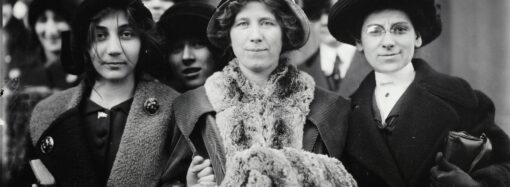When it comes to children’s stories, an old favorite of mine is The Secret Garden by Francis Hodgson Burnett. Being a classic, many will know that the story revolves around three children who discover a long-abandoned garden. The garden soon becomes a place of healing and restoration as the children make it their own.
Beyond this basic plot, however, is a tale of two boys. Dickon, a country boy of few economic advantages, lives almost by his own wits, becoming strong, capable, and knowledgeable about animals of all kinds. Colin, on the other hand, is a spoiled brat who lives his life indoors, surrounded by every amusement one can imagine, but clueless and frightened of outdoor life and creatures.
Although the contrast between these two boys has long been familiar to me, it wasn’t until I read an Atlantic article entitled, “Kids, Go Catch a Racoon,” that I realized how they portray two very different eras of childhood.
As the article’s author Ben James explains, before the 1970s, it was quite common for children to live an independent, exploratory life in which pets of all shapes and forms (think snakes, racoons, and skunks) were a regular part of childhood. This is evidenced through The Golden Book of Wild-Animal Pets which James says informed children how to catch wildlife, tame it, and care for it, all with an apparent lack of parental involvement. This, of course, is the type of childhood which Dickon illustrates.
Citing historian and author Steven Mintz, James explains how we have drifted away from the era of Dickon-like childhood – and the consequences which this brings:
The geography of childhood was wider in those decades, and the expectation was that kids would make bold use of their unsupervised time. “There truly was a sense that childhood needed to be a period of freedom, of group bonding, of risk-taking,” he says, “and it had to be spent out of doors as much as possible.”
In regard to animals, Mintz, who was himself a child during the ’50s, recalls at least one friend who owned a pet ocelot ($45, according to the Golden Book), and another who had a monkey. But in the 1970s, he says, something fundamentally changed. “No longer was a cast on an arm or leg a badge of honor, signed by classmates. It raised the specter of abuse or parental carelessness.”
“In a thousand ways, kids’ lives are safer and healthier,” Mintz adds, “but perhaps not in the ways that matter most.”
In other words, we have taken the happy, Dickon-esque childhood, which encouraged children to be independent explorers, and instead cultivated the petulant, incapable, and safe-guarded children who look like Colin.
In today’s world, it’s not uncommon for Americans to be perplexed over young men loathe to leave their videogames and mom’s basement couch.
It’s also not uncommon to hear how many young people have difficulty surviving college without safe spaces to retreat to in times of trouble.
Furthermore, a number of employers are now recognizing how difficult it is to find new college grads who don’t need ego-massaging on the job.
Is it possible that these attitudes are the outgrowth of the modern approach to childhood? If, instead of nurturing Colin-like children, we were to return to raising Dickons – who loved and lived in the outdoors, learning self-sufficiency and survival in the midst of risks and dangers – would we soon see a change in the type of adults the population has to offer?
[Image Credit: Pixnio]
















Leave a Comment
Your email address will not be published. Required fields are marked with *